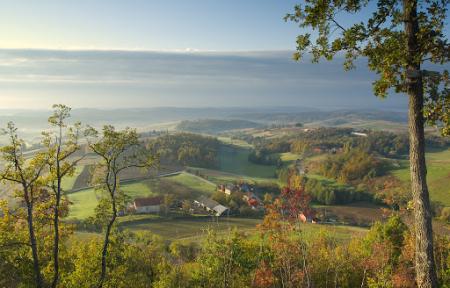
Objective:
Research on hypogeous fungi is a project carried out by the Croatian Forest Research Institute in cooperation with the County of Varaždin and the Bank of Zagreb on the territory of Varaždin County, Croatia. The project aims to (1) Identify the diversity of hypogeous macrofungi in different ecosystems in the Varazdin County area, (2) Identify collected mushroom samples to species level by morphological and / or molecular methods whenever possible, (3) Identify habitat characteristics and plant communities in the research area.
Context:
The research was conducted in the area of Varaždin County, where as much as 9% of the county's surface or 11,795 ha was registered in the Register of Protected Areas of the Nature Protection Directorate of the Ministry of Environment and Energy. There are 26 protected areas in the categories of protection: regional park, nature monument, significant landscape, park-forest and park architecture monument, while the Natura 2000 ecological network covers 16% of the total territory of the county. A systematic study of hypogeous fungi has never been carried out, and the potential impact of mycosylviculture on the economy has never been determined.
Contacts:
Anton Brenko, antonb@sumins.hr, https://www.sumins.hr/djelatnici/anton-brenko/?lang=en